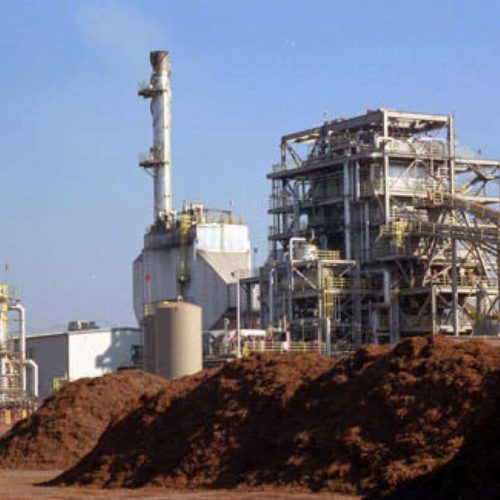Introduction
The debate over biomass plants – pitched as a way to produce power while protecting the environment, but derided by critics as anything but green – intensified this week in Massachusetts with proposed new rules that would make it harder for industry to secure public aid to erect new facilities.
For years, advocates have described biomass, which often involves the burning of woody waste, as a key source of alternative energy. Banking on that view – along with support from Congress and the EPA – biomass plants are expanding nationwide with hundreds of millions of federal dollars.
Yet the Massachusetts Department of Energy Resources’ draft regulation, unveiled May 3, is certain to embolden skeptics who challenge the government’s contention that biomass plants are carbon neutral.
The new rules would require large, wood-burning electricity generators in that state to meet strict greenhouse gas emissions standards in order to capture clean energy financing.
“The product of rigorous scientific study and a robust public process, these regulations demonstrate, once again, that Massachusetts is way ahead of the pack nationally when it comes to clean energy policy,” Richard K. Sullivan, the state’s energy and environmental affairs secretary, said in a statement.
That state-commissioned study, released last year, found that the use of sustainably-harvested forest biomass to replace oil heat could begin to reduce greenhouse gas emissions in as little as five years, the state said. Yet large-scale biomass-fired electricity would result in a 3 percent increase in emissions by 2050 compared to coal-fired electric plants, the study found.
“Unlike wind and solar power, biomass is a form of renewable energy that emits carbon,” Massachussetts Department of Energy Resources Commissioner Mark Sylvia said in a statement. “These new regulations are designed to better align the state’s financial incentives for clean energy with sources of power that will help us meet our goals.”
There’s big money behind the ruling: The changes could kill three biomass plants already on the drawing board in Massachusetts, officials said. That prospect triggered an outcry from industry advocates and the Biomass Power Association.
Massachusetts is among the ground zeros in a larger battle playing out across the country, a divide focusing on an industry that counts some 100 plants in 20 states, with many more proposed. Typically located in rural areas, biomass plants provide some 2 percent of the nation’s energy, the Department of Energy estimates – a share that could potentially reach 15 percent by 2020.
While local politicians and chambers of commerce typically welcome the industry, grass roots groups have been fighting them, with some successes, a recent Center for Public Integrity investigation found.
Yet troubles have surfaced in some facilities. Earlier this year, the EPA and a California pollution control district levied $835,000 in fines against two San Joaquin Valley biomass plants found to be violating clean air rules.
Those fines were announced one month after the EPA said it would put off for three years a decision on whether biomass greenhouse gases should be regulated under the Clean Air Act. In the meantime, the EPA said, local governments should conclude that “the use of biomass as fuel is the best available control technology for” greenhouse gas.
Read more in Environment
Environment
Year after tragedy, mining industry seeks some self-policing
Coal companies urge government to reward safety with fewer inspections


Join the conversation
Show Comments